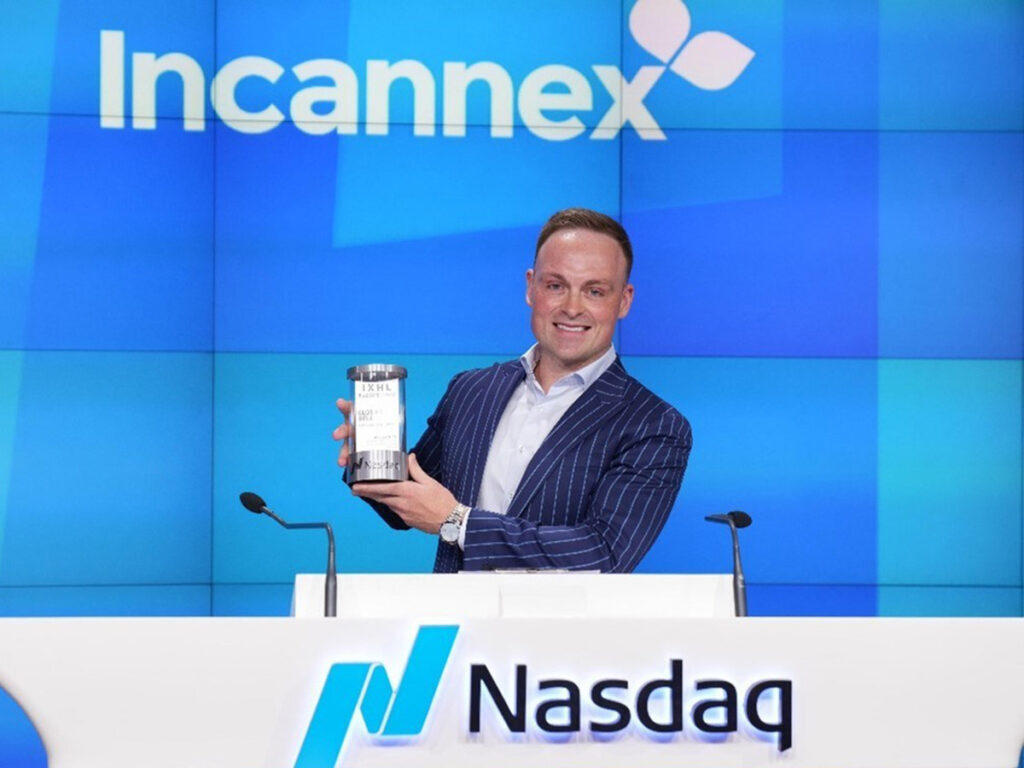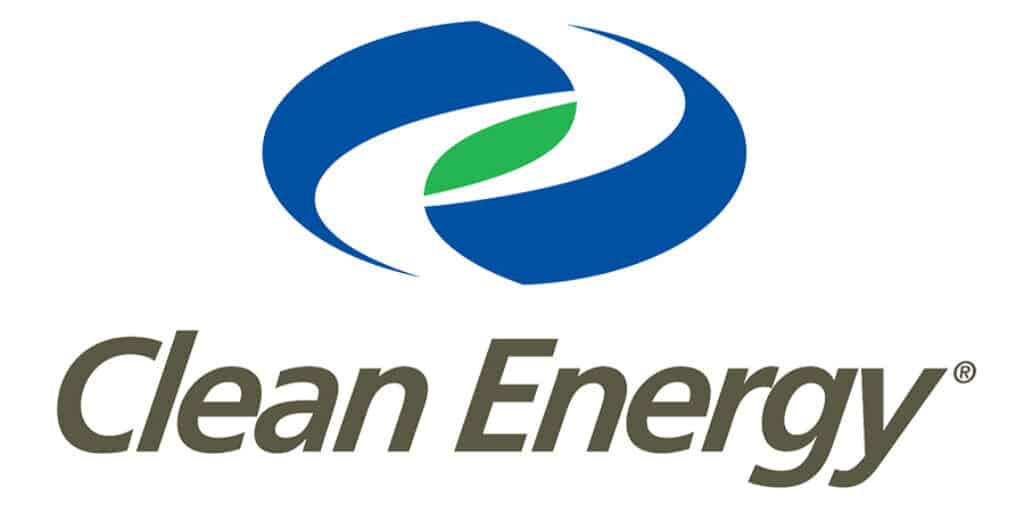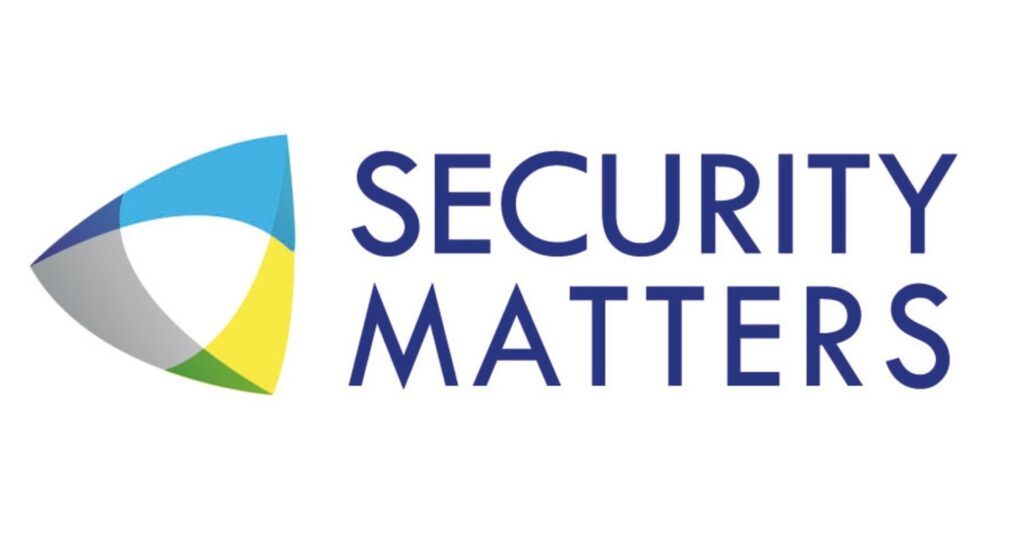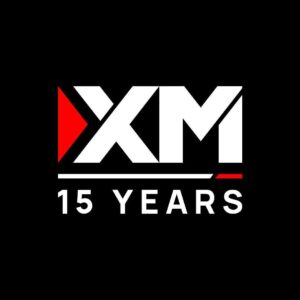
Penny stocks to buy now are attracting investors in mid-2025 as market volatility creates opportunities for quick gains. These low-priced stocks (typically under $5) can surge rapidly on news or momentum – but they also carry high risk. In this report, we highlight 5 of the best penny stocks to buy now on U.S. exchanges, spanning tech (including an AI play), biotech, energy, and more. Each pick offers short-term trading catalysts and long-term potential, backed by key financial metrics (like P/E, EPS, revenue growth, or debt ratios) and credible analyst opinions. We even include one penny stock to buy now under $1. As always, thorough due diligence and risk management are essential when deciding which penny stocks to buy now for your portfolio.
Top 5 Penny Stocks to Buy Now (August 2025 Picks)
To summarize our picks, the table below outlines each company’s industry, recent price, market capitalization, and 52-week trading range:
| Company (Ticker) | Industry/Sector | Price (Jul 2025) | Market Cap | 52-Week Range |
|---|---|---|---|---|
| AEye, Inc. (LIDR) | Tech (Autonomous Driving) | ~$4.43 | $85 million | $0.49 – $5.36 |
| Incannex Healthcare (IXHL) | Biotech (Cannabis/OSA) | ~$1.05 | $30 million | $0.08 – $3.12 |
| Clean Energy Fuels (CLNE) | Energy (Alt Fuel/RNG) | ~$2.10 | $402 million | $1.30 – $3.67 |
| SMX (Security Matters) | Tech (Supply Chain) | ~$2.12 | Small (<$50M est.) | $1.06 – $841.32 |
| Healthcare Triangle (HCTI) | Health IT (Cloud/Data) | ~$0.07 | $28 million | $0.01 – $1.90 |
Table: Key metrics for five top penny stocks to buy now (August 2025). Prices and market caps are approximate. 52-week highs for some stocks reflect past spikes or corporate actions, underscoring their volatility.
1. AEye, Inc. (LIDR) – Lidar Tech for Autonomous Vehicles (AI Penny Stock)
AEye’s Apollo lidar integration into NVIDIA’s self-driving platform underscores its potential in autonomous vehicle tech.
AEye is a California-based tech penny stock specializing in high-performance lidar systems for autonomous vehicles and advanced driver-assistance. The company’s recent partnership with AI powerhouse NVIDIA put AEye on the map: its Apollo lidar sensor was integrated into NVIDIA’s DRIVE platform for self-driving cars. This news sparked a 150% surge in LIDR’s stock price in late July 2025, as investors saw it as a strong validation of AEye’s technology.
“The move effectively puts AEye’s sensing tech into the toolkit used by many major automakers,” noted an Invezz analyst report. This positions AEye among the AI penny stocks to buy now, given its exposure to the autonomous driving boom.

From a financial perspective, AEye remains unprofitable (negative EPS), but its balance sheet is relatively solid for a micro-cap. It has a market cap of about $85 million and minimal debt (debt-to-equity ratio ~0.01). The stock recently traded around $4.43 per share after the NVIDIA catalyst, up from a 52-week low of just $0.49. Analysts caution that despite this collaboration, “most maintain a ‘Hold’ rating on LIDR, with price targets in some cases implying ~65% downside from current levels,” reflecting concerns about the company’s execution track record. In other words, AEye’s long-term potential in the lidar and AI space is promising, but its ability to commercialize deals with major automakers will be the real test. This makes LIDR suitable for risk-tolerant traders looking for quick gains on positive news, while understanding that volatility will likely remain high (its beta is 2.77, indicating much higher volatility than the market).
2. Incannex Healthcare (IXHL) – Biotech Bet on Cannabis-Based Therapies
Incannex Healthcare is a clinical-stage biotech focused on cannabinoid and psychedelic therapies for chronic conditions. Its flagship program is IHL-42X, an experimental oral drug for Obstructive Sleep Apnea (OSA) that combines a cannabinoid (dronabinol) with an older drug (acetazolamide). In July 2025, Incannex’s stock skyrocketed ~65% as the company reported successful completion of a Phase 2 trial and received FDA authorization to proceed to Phase 3. Investors are optimistic that IHL-42X, which showed a 51% reduction in patients’ apnea-hypopnea index in earlier trials, could address a huge unmet need (OSA affects ~30 million Americans).
“Incannex’s strategic advancements position it as a compelling case study for long-term potential of cannabis-derived therapeutics,” observed TrendPulse Finance.

Trading around $1.05 per share, IXHL has a modest market cap near $30 million. The company is not yet profitable (P/E ~ -0.87) and had only $12k in revenue last quarter, but it shored up cash with a $12.5M offering in May 2025 and even canceled a large chunk of warrants to reduce future dilution. Analysts and experts are intrigued: Incannex has added prominent scientists (like Dr. Douglas Kirsch, former AASM President) to its advisory board, lending credibility to its OSA program. Of course, as a penny-stock biotech, all hinges on clinical outcomes and FDA approval. Positive Phase 2 results (expected by end of July 2025) could be a major catalyst, whereas setbacks would likely send shares tumbling. For now, Incannex offers a high-upside, high-risk play in the booming cannabis/psychedelic pharma space, with both short-term trading momentum and the longer-term prospect of a first-of-its-kind OSA therapy if all goes well.
3. Clean Energy Fuels (CLNE) – Renewable Energy Penny Stock with Big-Name Backers
Clean Energy Fuels is an established name in the alternative energy arena – it provides renewable natural gas (RNG) and fueling solutions for truck and bus fleets across North America. Unusual for a “penny stock,” CLNE’s market cap is around $400 million and it has significant revenue (over $415 million in sales last year). However, persistent losses and stock dilution have driven its share price down into penny-stock territory (recently around $2). In fact, CLNE hit a 52-week low of $1.30 amid market volatility, though it has climbed about 24% in the past six months. This makes it one of the best penny stocks to buy now for investors seeking exposure to the clean energy trend at a bargain price.

Why consider Clean Energy Fuels now?
For one, the company is pushing into Renewable Natural Gas partnerships – it’s backed by giants like TotalEnergies and has a joint venture with BP to develop RNG production. Demand for RNG (capturing methane from landfills/dairy farms and using it as fuel) is expected to grow with corporate ESG initiatives. Analysts have mixed views: Lake Street Capital recently slashed its price target from $22 to $5 (reflecting revised expectations) yet maintained a “Buy” rating, signaling confidence at the current valuation. Wall Street’s consensus 1-year target is about $6.20 (implying ~270% upside), and the stock has a “Strong Buy” average rating. Key metrics to note are CLNE’s debt-to-equity – which is “satisfactory” and its cash runway (ample for >3 years at current burn rate).
In Q1 2025 the company did post a large net loss of $135M due to impairment charges, so profitability remains a big hurdle. Overall, CLNE is a penny stock that offers a balance of relative stability (it’s less volatile than most, beta ~2.6) and a long-term growth story if renewable fuels take off. It’s suitable for investors who can tolerate some short-term swings but believe in the clean energy transition narrative.
4. SMX (Security Matters) – Tiny Tech Stock Tackling Supply Chain Security
SMX (Security Matters) is an under-the-radar tech penny stock focusing on supply chain authentication and traceability. The company has developed technology to mark and track materials (solids, liquids, gases) to verify product authenticity and origin throughout supply chains. In an era of counterfeit goods and complex logistics, SMX’s solutions could see growing demand across industries (from luxury goods to pharmaceuticals).
Recently, SMX stock drew attention after a burst of trading volume and price volatility – it traded as high as $2.12 in late July on unusually heavy volume, far above its normal activity. Over the past year the stock has been extremely volatile, with a 12-month range from about $1.06 to an eye-popping $841. (That peak was likely due to a one-time event such as a reverse stock split or low-float spike, underscoring how unpredictable micro-cap trading can be.)

Financial details on SMX are sparse (it’s a very small company with a market cap well under $50 million). The firm’s balance sheet appears light – recent data show almost no debt (debt-to-equity ~0.02) but also a very low current ratio of 0.21, meaning it could need more capital soon. For investors considering which penny stocks to buy now, SMX offers a pure-play in supply chain tech, a sector that could benefit from new regulations and corporate transparency initiatives.
However, it is best approached as a short-term trading opportunity unless and until the company proves its business model. No significant revenue or earnings have been reported publicly. Any positive contract announcement or partnerships (for example, with a major manufacturer or government) could spark a sharp rally, whereas dilution or cash concerns could slam the stock. In summary, SMX is a speculative pick for quick momentum trades in the tech space, offering a chance to ride supply-chain security trends – but only for those prepared for significant ups and downs.
5. Healthcare Triangle (HCTI) – Sub-$1 Health-Tech Cloud Provider
Healthcare Triangle is a penny stock under $1 that operates in the health IT and cloud services arena. Trading at just $0.07 per share, HCTI is truly a micro-cap (market cap ~$28 million). The company provides cloud hosting, data analytics, and AI-driven solutions for hospitals, pharma companies, and research organizations. Essentially, it helps healthcare clients modernize their IT infrastructure with secure cloud platforms (it even boasts HITRUST certification for high data security). This niche – digital transformation for healthcare – is potentially lucrative as the medical sector embraces cloud and big data. Healthcare Triangle has highlighted growth in its AI-powered electronic health record (EHR) services and recently secured some major health system contracts.

Why is the stock so cheap then? HCTI has struggled to achieve profitability (P/E is a negligible -0.08) and its share price collapsed over the past year from nearly $2 to mere pennies. The company faced Nasdaq listing compliance issues due to the low price, prompting a planned 1-for-249 reverse stock split effective August 2025 to boost the share price. Notably, insiders are taking action: “We remain optimistic on advancing our mission by executing our strategic plan…through cutting-edge cloud technologies and AI-driven analytics,” said HCTI’s Chairman Dave Rosa after securing an extension for continued Nasdaq listing. This suggests management is determined to turn the ship around.
For investors, Healthcare Triangle presents an ultra-low-priced bet on healthcare cloud/AI adoption. It could be one of those penny stocks to buy now under $1 if you believe the company will stabilize and benefit from hospital IT spending. However, be aware of the dilution risk (the reverse split will reduce shares but doesn’t fix the business fundamentals). HCTI’s 52-week low of $0.01 and high of $1.90 illustrate the wild swings possible. Approach this stock with caution: a few big contract wins or an improved earnings report could lift it out of penny status, but absent positive news, it could just as easily fade or see further corporate actions.
Conclusion
Penny stocks offer a tantalizing mix of fast gains and high risk. In the current July–August 2025 market, our five picks – AEye, Incannex, Clean Energy Fuels, SMX, and Healthcare Triangle – each provide exposure to different high-potential industries (from AI-driven tech to biotech and clean energy). These penny stocks to buy now were chosen for their recent momentum and credible growth narratives: a couple have surged on transformative partnerships or trial results, while others are longer-term turnaround plays. We’ve also highlighted key financial metrics (like AEye’s tiny debt load or Incannex’s outsized market opportunity in OSA) and included expert insights – both bullish and cautious – to present a balanced view.
Importantly, investors should perform their own due diligence. Penny stocks are speculative by nature; it’s prudent to start with small positions, set stop-loss orders, and avoid over-concentration. As one financial writer put it, the penny stock world is “high-risk, high-reward – but the losses can be huge if share prices don’t move in your favor”. Some of the top penny stocks to buy now may indeed double or triple in a short time frame, but they can just as quickly reverse. By focusing on companies with tangible progress, reasonable fundamentals, and positive industry trends, you improve the odds of success. Still, never invest more than you can afford to lose. Quick gains in penny stocks are possible – but patience, proper research, and risk management will determine whether those gains can be kept in the long run.
FAQ
What are the best penny stocks to buy now?
Q: What are the best penny stocks to buy now?
A: Penny stocks with recent momentum catalysts are often targeted by traders. In mid-2025, AEye (LIDR) surged after an AI partnership, and Incannex (IXHL) spiked on positive FDA developments. SMX also saw a short-term jump due to rising interest in its supply chain tech. Look for penny stocks with:
– High trading volume and volatility
– News triggers or upcoming events
– Strong market trends such as AI, biotech, or clean energy
Quick spikes can reverse suddenly. Set entry/exit plans, use stop-losses, and only risk capital you can afford to lose.
Are there any penny stocks to buy now under $1?
Q: Are there any penny stocks to buy now under $1?
A: Yes, several penny stocks trade under $1. One example is Healthcare Triangle (HCTI), trading around $0.07, which is focused on healthcare IT and undergoing a reverse stock split. Another is WM Technology (MAPS), a cannabis tech firm near $0.90. When considering sub-$1 penny stocks, watch for:
– Listing compliance issues on major exchanges
– Liquidity constraints and wide spreads
– Upcoming catalysts that could drive the stock higher
Start with small positions and verify the company’s compliance status and capital structure.
What about AI penny stocks to buy now?
Q: What about AI penny stocks – are there any good ones to buy now?
A: AI penny stocks are in focus due to the ongoing AI boom. AEye (LIDR) stands out for its autonomous driving tech partnership with Nvidia. Other examples include BigBear.ai (BBAI) and Innodata (INOD). When evaluating AI penny stocks:
– Verify real AI capabilities, not just buzzwords
– Look for partnerships with credible tech firms
– Assess cash reserves and runway, as AI development is capital-intensive
Avoid hype-driven names. Focus on stocks with real products, customers, and revenue potential.
What are the risks of investing in penny stocks?
Q: What are the main risks of investing in penny stocks?
A: Penny stocks carry several risks:
– High volatility leading to sharp price swings
– Low liquidity, making exits difficult
– Limited transparency, especially for OTC or micro-cap names
– Fraud and hype, often seen in pump-and-dump schemes
– Dilution risk, as many firms issue frequent shares to raise capital
They are best treated as speculative trades. Only invest what you can afford to lose, use a diversified approach, and always research thoroughly.
Final Note on Best Penny Stocks
A: The “best” penny stocks can vary with market conditions. As of July 2025, some of the top penny stocks include companies like AEye (LIDR) in autonomous tech, Incannex (IXHL) in biotech, Clean Energy Fuels (CLNE) in renewable energy, SMX in supply-chain tech, and Healthcare Triangle (HCTI) in health IT. These were highlighted due to recent catalysts and long-term growth potential. However, what is “best” depends on your investment goals and risk tolerance. It is wise to focus on penny stocks with real businesses, solid financials or backing, and positive news momentum. Always do thorough research – yesterday’s hot pick can become tomorrow’s big loser in the volatile penny stock world.

















